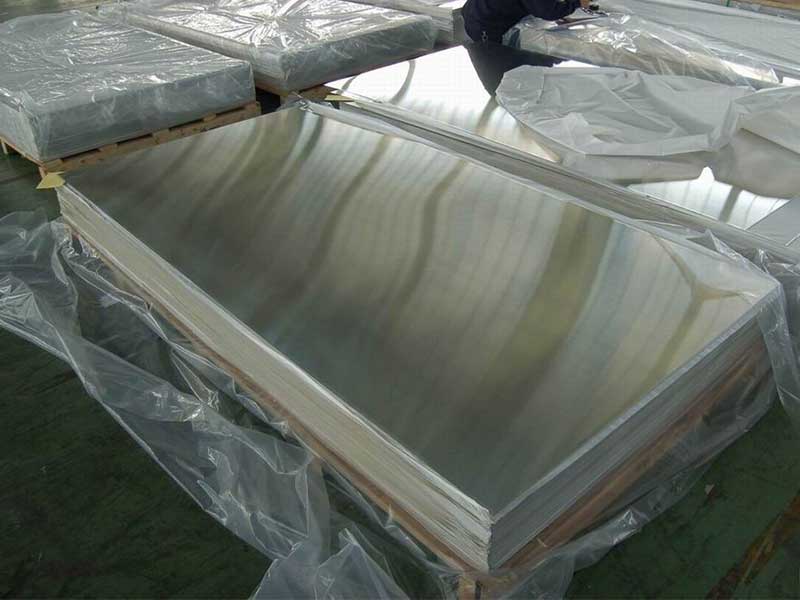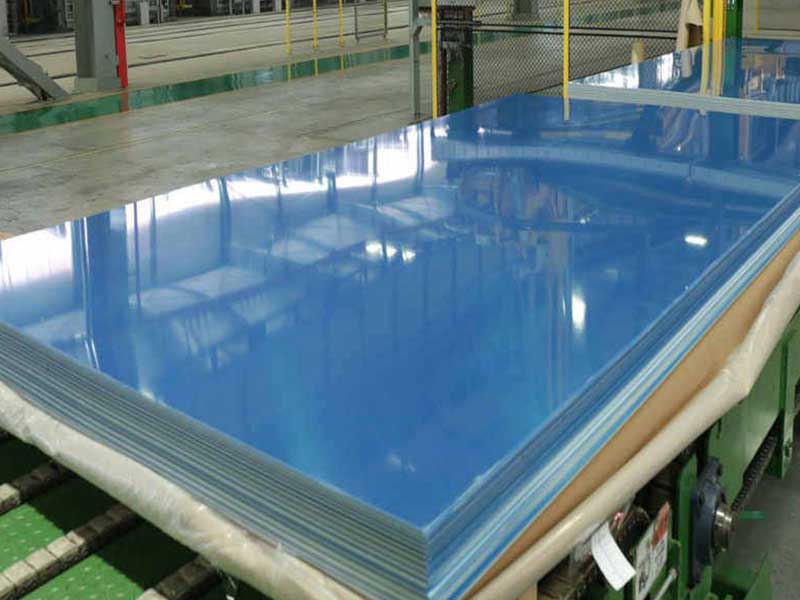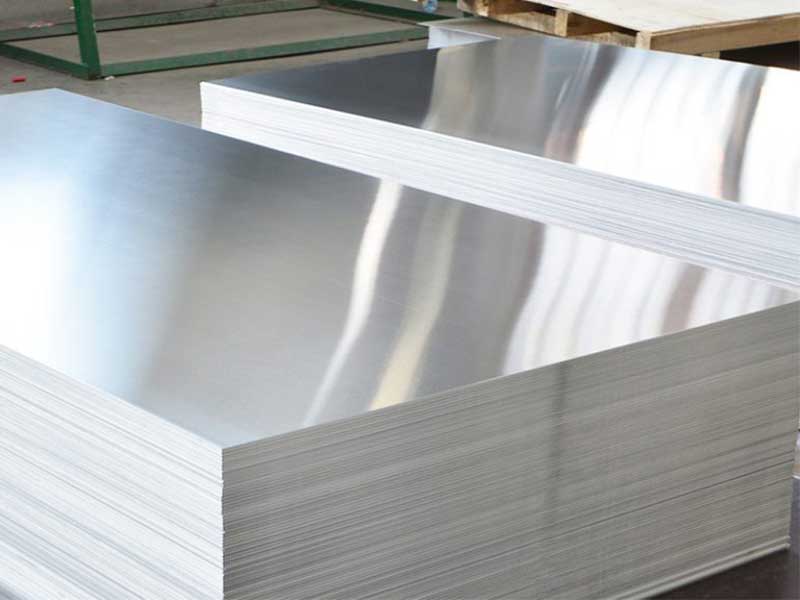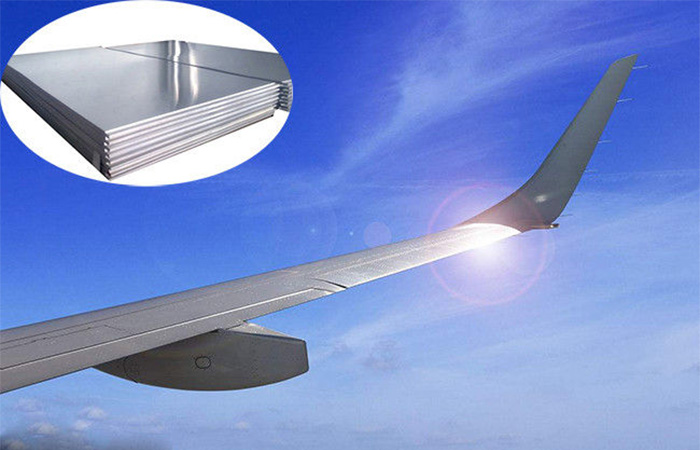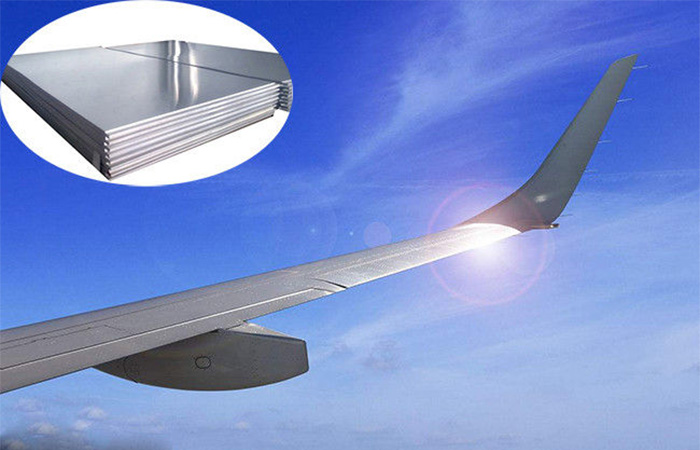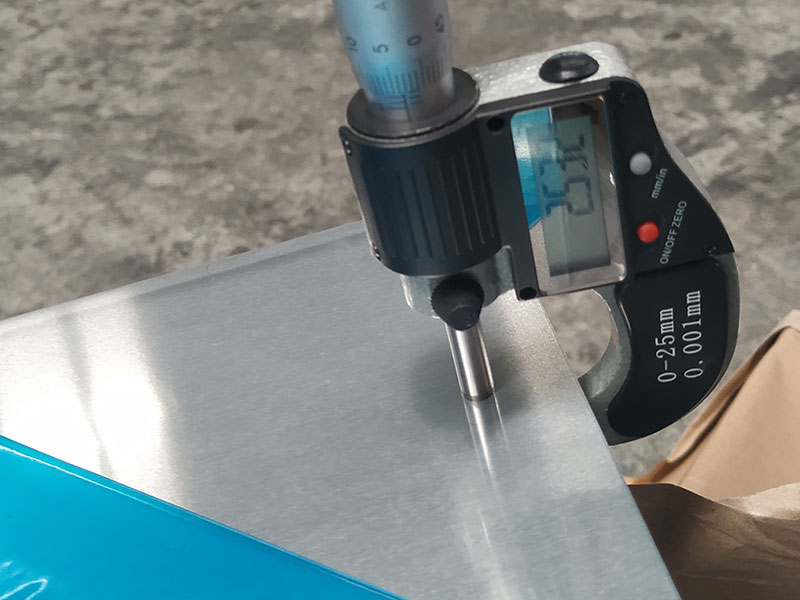1mm aluminum sheet
When discussing materials for modern manufacturing, construction, and design, the 1mm aluminum sheet consistently emerges as a standout choice—combining strength, lightweight convenience, and adaptable properties suitable for a variety of industries. Yet, beyond the surface, this seemingly humble aluminum sheet harbors a complex interplay of scientific composition and engineering standards, which merits thorough exploration.
the 1mm Aluminum Sheet: More Than Just a Thin Metal Layer
At just one millimeter thick, the aluminum sheet is prized for its balance: slim enough to allow precision in applications where thickness matters, but robust enough to provide notable durability and reliability. This level of thickness lends itself well to projects requiring lightweight yet sturdy materials, such as automotive parts, aerospace components, appliance manufacturing, and decorative architecture.
Why 1mm? The Sweet Spot Between Thickness and Flexibility
Aluminum sheets are produced in a variety of gauges (thicknesses), but the 1mm dimension often presents an optimal point—a physical property sweet spot—where formability meets strength. Not too flimsy to deform easily, nor excessively rigid to hamper intricate shaping, this thickness makes for an ideal “workhorse” material.
Technical Parameters & Standards Governing 1mm Aluminum Sheets
Harnessing the full potential of 1mm aluminum sheet requires acknowledging the parameters and implementation standards that guide their production and utilization:
Parameters:
- Thickness: Precisely 1.00 ±0.05 mm (tolerance dependent on specific standard).
- Width: Varied depending on supplier, often from 1000mm to 1500mm.
- Length: Cut to custom lengths or standardized in 2000mm, 2500mm slabs.
- Surface Finish: Ranging from matte (mill finish) to brilliant and protective coatings like anodizing or painting.
- Density: Approximately 2.7 g/cm³, ensuring lightweight applications.
Standard Implementation:
The manufacturing quality and specifications typically conform to international frameworks such as:
- ASTM B209 – Standard Specification for Aluminum and Aluminum-Alloy Sheet and Plate.
- EN 485-4 – European standard defining mechanical properties and tolerance levels for aluminum sheets.
- JIS H4000 – Japanese Industrial Standard outlining test methods for aluminum products.
These directives assure end-users that the material’s thickness, magnesium content, tensile strength, elongation, and other properties meet rigorous quality demands.
Alloy Designations & Temper Classifications: A Closer Look
Aluminum sheet properties considerably depend on the alloy series and temper treatment applied during manufacture. Here's how this plays out for the 1mm thickness offering:
Popular Alloy Series With 1mm Thickness Availability
| Alloy Series | Typical Application | Chemical Makeup Highlights |
|---|---|---|
| 1xxx Series | Electrical & Chemical | >99% aluminum, high corrosion resistance, low strength |
| 3xxx Series | Cooking utensils, roofing | Manganese added for improved formability and corrosion resistance |
| 5xxx Series | Marine, automotive | Magnesium adds enhanced strength & corrosion resistance |
| 6xxx Series | Structural & architectural | Magnesium and silicon for improved machinability and strength |
Common Tempers for 1mm Aluminum Sheet
- O (Annealed): Maximum ductility, easily formed, lowest strength.
- H14 (Strain Hardened): Medium strength, moderate hardness; useful where some forming continues after fabrication.
- T4/T6 (Heat-treated): Increased strength and hardness by solution heat treating and aging. T6 is widely utilized for parts requiring high tensile strength.
Tempers distinctly influence the balance between hardness, flexibility, and resistance to impact.
Chemical Properties of a Representative Aluminum Alloy: 5052
Consider 5052 aluminum alloy—a popular choice for 1mm sheets some common chemical composition details include:
| Element | Composition (% Weight) |
|---|---|
| Aluminum (Al) | Remainder |
| Magnesium (Mg) | 2.2 – 2.8 |
| Chromium (Cr) | 0.15 – 0.35 |
| Iron (Fe) | Less than 0.4 |
| Copper (Cu) | Less than 0.10 |
| Manganese (Mn) | Less than 0.10 |
| Silicon (Si) | Less than 0.25 |
| Zinc (Zn) | Less than 0.10 |
This alloys balance offers sturdy corrosion resistance, good fatigue strength, and moderate-to-high tensile strength, making it often used for storage tanks, marine panels, and lightweight structures.
Applications Morris Along the Thin Edge
One might get a narrow view—ONLY thinking this can be used as a roofing or cooking pan alloy, but 1mm aluminum sheet’s remit crosses temporal and functional territories:
- Transport & Automotive: Lightweight paneling, heat shields, and protective trim shields balanced strength and weigh restrictions.
- Packaging Industry: Yer worry less about breakage – A precise 1mm textured aluminum sheet skin fashioned into durable panels shielding electronics.
- Construction: Exterior cladding and trim that resist rust and provide shiny contemporary appeal.
- Industrial Components: Heat sinks, protective covers, and machinery panels engineered with rigidity adequate for standardized tolerances.
Final Thoughts: A Marriage of Micro-Engineering and Macro-Utility
In many ways, the 1mm aluminum sheet holds more interest as an example of where material science meets practical ingenuity: not just a metal sheet but a calibrated delicate proving ground, enabling design dreams to flex without snapping.
Choosing the right alloy, temper conditions according to requirements and international grade assurances opens a portal to high-performance realities. As industries pursue lighter, durable and aesthetically devilishly rich materials, this thin but metal Midas touch compromises nothing on strength or versatility.
For anyone looking for materials that encourage precision without sacrifice, the 1mm aluminum sheet stands unwavering—thin, tough, tailor-made to mean business.


